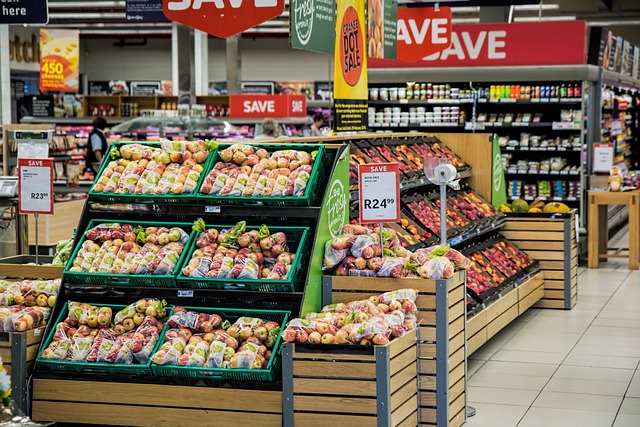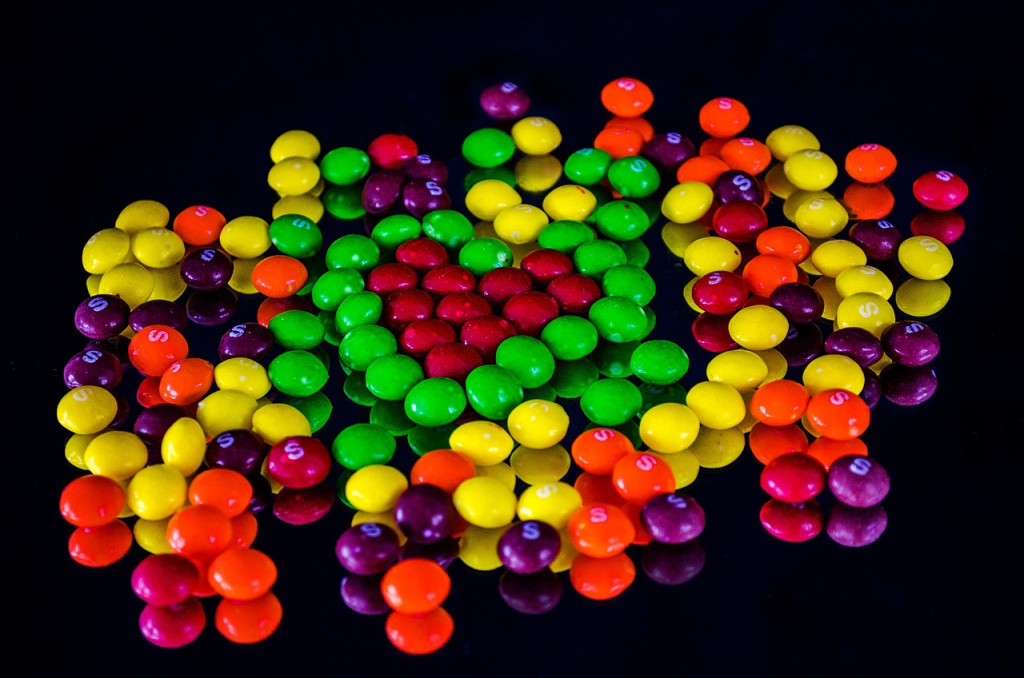Sales sweep the holiday season, with every year seemingly growing more intense. Why do we get so caught up in the sales at specific times of the year?
There are several psychological phenomena that pull us into the rush of Black Friday and Cyber Monday. Retailers know that “loss aversion” is an intuitive reaction; consumers are more worried about avoiding loss than making gains. Short-term sales trigger a deep need to take advantage of something in order to avoid a loss. Additionally, retailers know that once consumers buy something, they are unlikely to return it or “lose it,” and they play on this by offering trial periods and free returns.
Another psychological factor to consider is the “restraint bias.” This comes into play when, for example, someone looks at details online on Cyber Monday, intending to buy one or two items. However, suddenly all the deals are appealing and too good to lose, and that person buys way more than intended. People overestimate their own willpower and impulse restraint, similar to overeating at a buffet. We don’t want to lose the opportunity to take advantage of a wide variety of what is available.
Finally, the “bandwagon effect” is a key in the lure of Black Friday sales. With the prominence of advertisements splashed across news outlets and social media, we start to perceive everyone else grabbing these good deals and want to join them.

A useful mental tool in approaching sales this time of year is deciding on purchases in advance and buying online instead of in a store. Save the pages of the item you chose, and visit the site on Black Friday or Cyber Monday, and do not buy something else if your desired item is not on sale.
Although Black Friday and Cyber Monday have passed, the holiday sales continue and it’s not too late to set a realistic budget for the remainder of December. Ultimately, the deals this time of year are often too good to be true, making it easy for us to overspend and overindulge. The best way to manage finances is to make decisions ahead of time and not allow ourselves to be swayed by other offerings.



